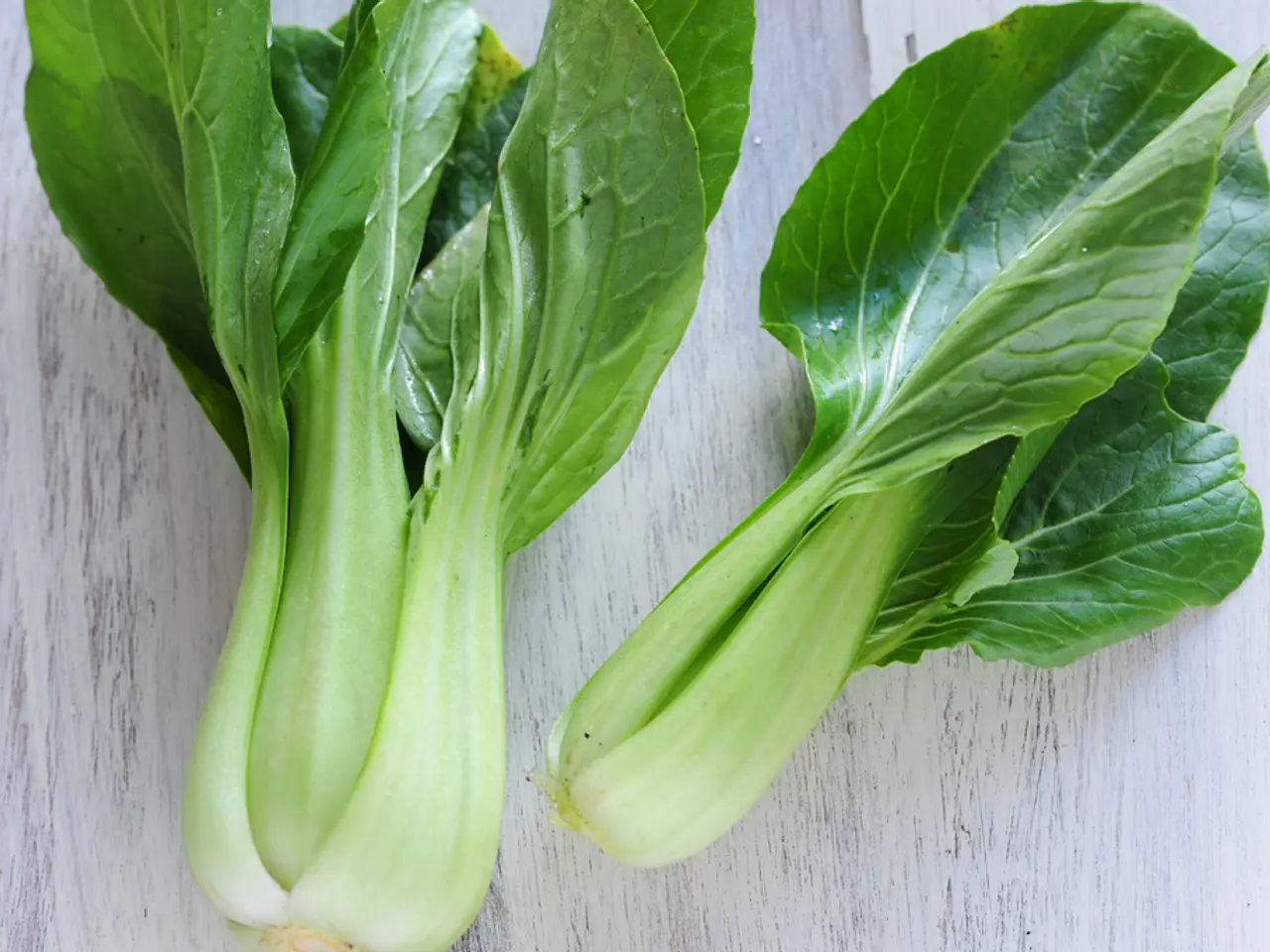Optimal Vegetables to Cultivate During Winter Season
Growing Winter Vegetables: A Guide for Gardeners
Winter doesn't have to mean the end of fresh produce in your garden. A variety of vegetables can thrive during the colder months, providing a bounty of nutritious and flavourful options. Here's a guide to help you grow winter vegetables, whether you have a greenhouse or cold frame, or are growing them directly outdoors.
Growing Winter Vegetables with a Greenhouse or Cold Frame
Sowing hardy vegetable seeds like spinach, winter lettuce, and spring onions in pots or modules and protecting them from frost and cold winds inside a greenhouse or cold frame can ensure better winter survival. For example, spinach varieties like ‘Perpetual Spinach’ or ‘Winter Giant’ thrive well when sown 2–2.5 cm deep and kept in a sheltered, fertile soil environment inside a cold frame.
Cover crops like winter lettuce (‘Winter Density’, ‘Arctic King’) can be protected with cloches or cold frames to extend the growing season by shielding them from the harshest cold and frost. Garlic, especially hardneck varieties, can be planted in fall for overwintering outdoors, but they can also benefit from protection in milder climates with cold frames.
Remember to maintain regular ventilation to avoid mold and humidity buildup inside greenhouses, and ensure sufficient light, as daylight hours are low in winter.
Growing Winter Vegetables Outdoors
Choosing cold-hardy crops such as garlic, onions, leeks, carrots, turnips, kale, broccoli, cabbage, peas, and spinach is essential for success. These crops can survive frost and cold temperatures with proper soil preparation. Mulching heavily with organic matter like straw, shredded leaves, or hay around plants can insulate the roots and protect them from frost damage.
Plant in late summer to early fall so crops establish before the harsh winter arrives. Sowing cover crops like rye grass or hairy vetch as soil-enriching mulches can improve soil health and suppress weeds over winter. Use row covers or fabric cloches as temporary frost protection where cold frames or greenhouses are unavailable.
Choosing short-season or cold-tolerant varieties adapted to reduced daylight hours and cold conditions can ensure the best success outdoors.
In summary, the best practice combines selecting cold-tolerant vegetable varieties, appropriate timing (usually late summer to early fall planting), using soil protection such as mulching, and employing physical protection with greenhouses, cold frames, cloches, or row covers depending on available resources and climate severity. Happy gardening!
- To extend the growing season of winter lettuce, protect them with cloches or cold frames and grow them alongside other vegetables like spinach in a greenhouse or cold frame.
- For gardeners who don't have a greenhouse, choose cold-hardy crops such as carrots, leeks, and kale, and protect them from frost damage by mulching heavily with organic matter and using row covers or fabric cloches as temporary frost protection.




